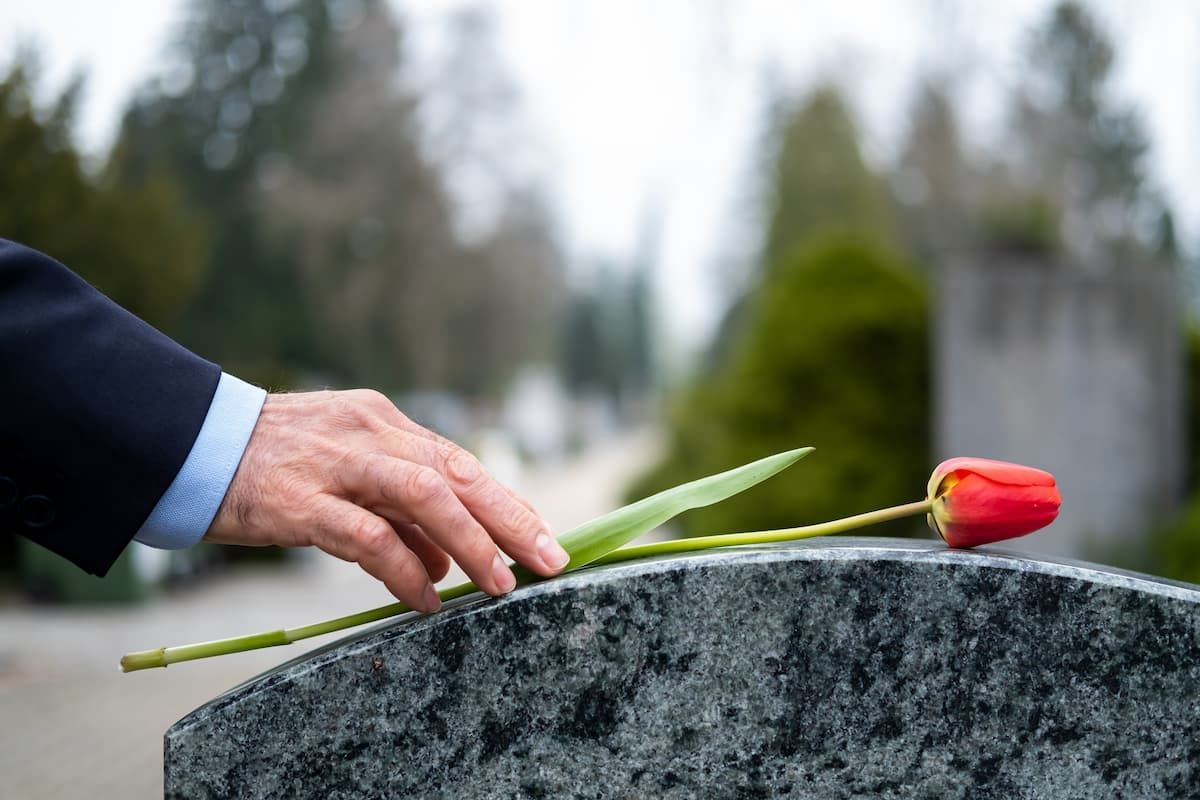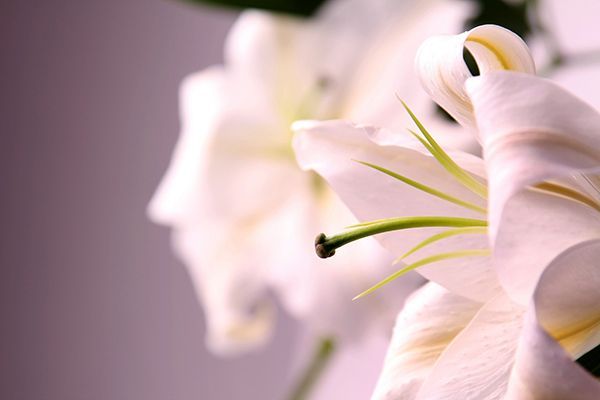Menu
Should I send flowers?
Nature's Symphony
Sending flowers is a traditional and beautiful way to pay tribute to someone’s life. While not mandatory, they are one way people express their love for the deceased and concern for the family.
Flowers convey warmth and caring, and provide a pleasant diversion from the nervous tension that may be present at a visitation or funeral service. Families are grieving, yet they feel they must mingle with well-wishers. Friends stopping in want to pay their respects, but are anxious about what to say. Either way, flowers can be a comforting topic of conversation. Their natural beauty represents growth, new life and movement forward.
Although there are no hard and fast rules about sending flowers, there are some guidelines that can help you decide what to do.
While sending flowers is traditional, the arrangement you provide does not need to feel stuffy or outdated. The type you send depends on where you are sending them and the nature of your relationship to the loved one and/or the family. Here are some of the different types:
- Wreaths: circular floral arrangements which represent eternal life. Ideal for funeral homes and gravesites.
- Floral arrangements: from cut flowers to basket and container arrangements. Best for funeral homes or when sending directly to the family’s home. You may consider if the loved one had a favorite flower or favorite color and include that in your selection.
- Sprays: Large casket sprays are often provided by family members. Standing sprays are appropriate for stands in the funeral home.
- Live plants: their symbolic meaning of life and growth helps keep the memory of the loved one alive.
You may send flowers on your own or get together with others for a larger, more elaborate arrangement. Co-workers, club members or groups of close friends may choose to do this.
Members of the immediate family can order any type of arrangement they like. These are typically placed closest to the casket during the visitation. A casket spray or wreath is generally from immediate family.
There are a wide range of options for extended family, including a standing spray. An informal arrangement works well because it can go home with the family or be taken to the cemetery.
The best options for close friends and business associates are standing sprays, wreaths, basket arrangements, bouquets in vases and live plants that can go home with the family.
Be sure to include a card with your first and last name and a simple and sincere message, such as “You’re in our thoughts,” or “With deepest sympathy”.
Flowers can be sent to the funeral home for the visitation or service, the location where the service will take place or to the family’s home. If you choose to send flowers to the funeral home or church, they should arrive prior to the start of the visitation or service.
Some people choose to send flowers to the family’s home a few weeks or even months after the funeral service when the initial chaos has passed. This is a nice gesture that reminds the family you are still thinking of them and their loss. A simple note could say, “We’re thinking of you and hope that these brighten your day”.
There are times when sending flowers is not appropriate. If the family has directly expressed not to receive them or has requested donations in lieu of flowers, it is best to follow their wishes.




Subscribe to our newsletter





